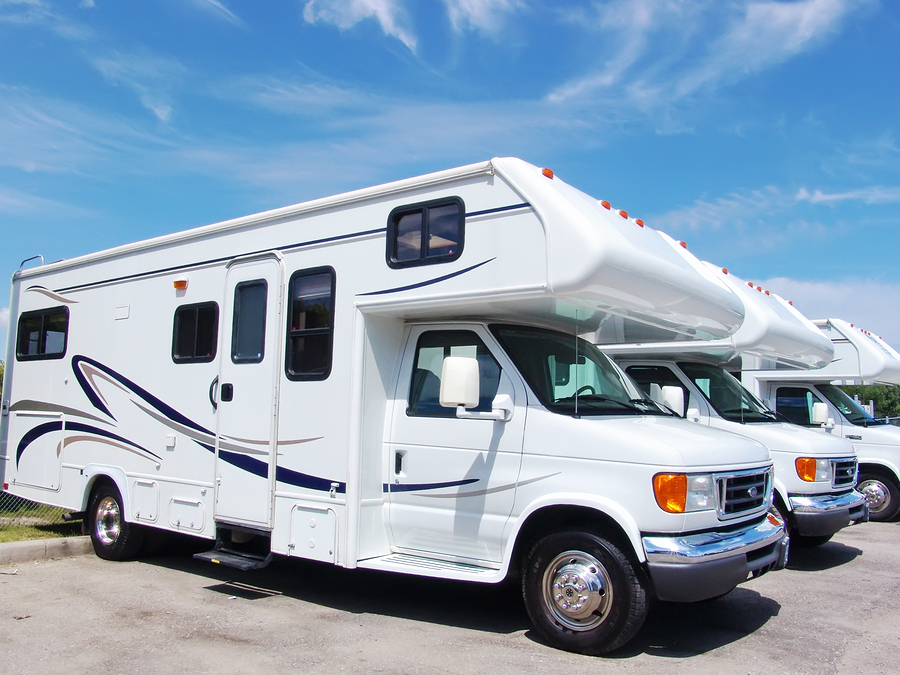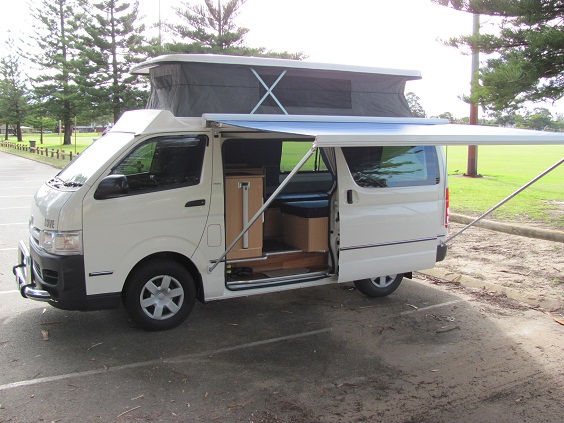Motor homes come in all shapes and sizes from large luxurious vehicles fitted out similar to an upmarket apartment, through to small vans with just the basics.
Choosing a motor home can be extremely difficult. It’s hard to know what you want to get for the long term, especially if you’re going to live in it full time, there are so many different aspect you need to weigh up. How many people are living in it, fuel usage, ease of maneuverability, what you can physically drive and manage, what you can afford, the list just goes on and on.
Motor homes are broken into 3 types or classes And strangely enough the classes don’t go in order, so don’t make a great deal of sense.
‘A’ Class Motor Home
These are the big suckers.
Generally built on truck or bus chassis, these are big solid vehicles, ideal for living in full time you have the space and weight carrying capacity to have all the comforts of a normal home. They have large front windscreens which give you fantastic panoramic views from within the motor home. They generally have large motors, and the driving position is usually located above the front wheels or in front of the front steering wheels, offering a different style of driving from what most are used to. These larger vehicles usually require an expanded licence to drive, check with your local authorities about drivers license requirements before buying an A class motor home.
‘C’ Class Motor Home
This is where it seems a little illogical, C class are the next smallest motor home in size to the A class.

C Class Motor Home
Now a days most motor homes out on the road especially in Australia are the C class, built on whats commonly known as a “euro chassis”. C class are built on a few different brands of chassis, Mercedes, Fiat, and Iveco to name a few. The list of companies manufacturing C class motor homes is extensive. Being smaller than an A class the C class is more maneuverable, easier to drive and to park, especially around the city. But of course as it’s smaller, everything is packed in tighter and your load carrying capacity is nowhere near that of an A class. Bathrooms are often an all in one affair, shower, toilet and hand basin all packed into a small shower area , so your showering over the toilet. Still these motor homes are extremely popular.
One of the most obvious features of a C class motor homes are the sleeping area over the cab, this is a handy feature as the bed is up out of the way, though some see this as a downside because it’s an effort to get up the ladder into the bed. Some C class models don’t have the bed here, but they have added storage area above the cab instead.
‘B’ Class Motor Home
‘B’ class motor homes are also known as Camper vans. These range from your iconic Volkswagon campers, right through to your more modern vans, many vehicle manufacturers have at least one van model they produce. B Class motorhomes have many great features, they are small and easily maneuverable, easy to park, fuel efficient, and reasonably cheap.
You can fit a surprising amount into a camper van and many have additional features like roll out awnings and pop tops for greater head room internally.
The most important thing to remember is to take your time choosing what vehicle is best going to suit your needs, don;t rush into it and buy impulsively. Also if you are looking at buying a B class motor home or camper van, be cautious and have it checked by a mechanic, here in Australia these vans are bought and sold regularly by travelers, some are well looked after but some are not well maintained and have done very high kilometres.





No Comments